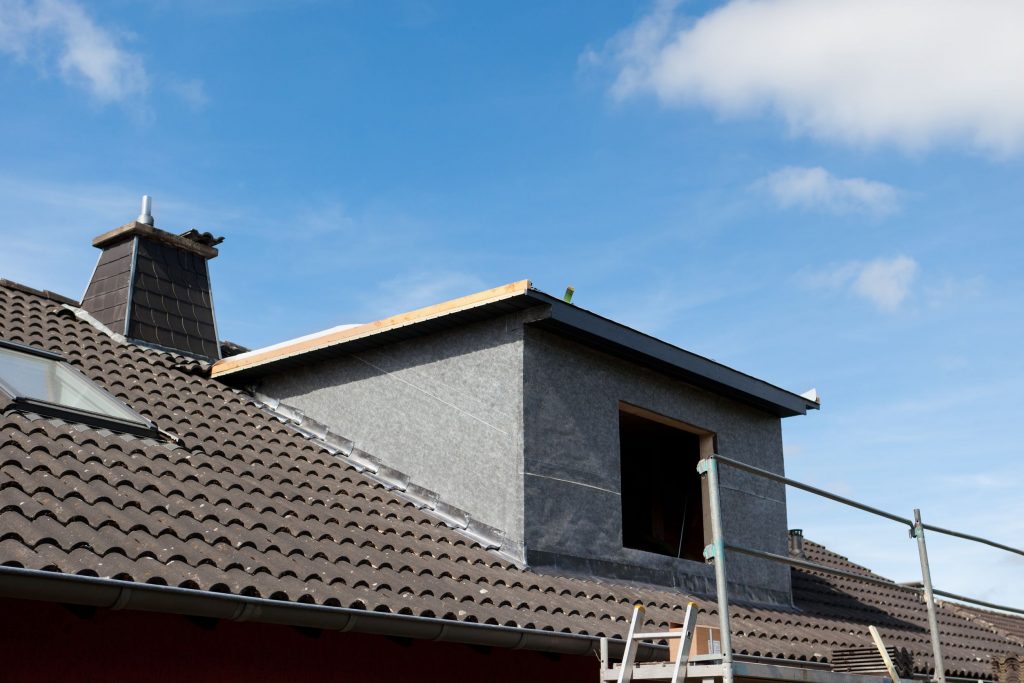Loft conversion in Birmingham Hockly
Posted on 26/06/2020 3:39:24 PM

Roof Conversion in Birmingham Hockly B18
In most cases there is no need for planning permission to repair or replace windows and doors. The major exception is if your property is listed in which case you will have to obtain listed building consent. And don’t forget you will need building control approval for windows. Birmingham Hockly
Class a – enlargement, improvement or other alteration of a dwellinghouse class a outlines the permitted development rights for rear extensions, side extensions and side infills, as well as general alterations such as adding new windows and doors. Typically rear extensions are single storey and up to 3-4m in depth. But in certain situations it may be possible to extend up to 8m without planning permission. Two storey extensions are also covered, but these must be a minimum of 2m away from the boundary. Birmingham Hockly
The right allows either the change of use (a), or the change of use together with reasonably necessary building operations (b). Building works are allowed under the right permitting agricultural buildings to change to residential use: class q of part 3 of schedule 2 to the town and country planning (general permitted development) (england) order 2015. However, the right assumes that the agricultural building is capable of functioning as a dwelling. The right permits building operations which are reasonably necessary to convert the building, which may include those which would affect the external appearance of the building and would otherwise require planning permission.
roof Conversion in Birmingham Hockly B18

3. Do I Need Planning Permission to Convert a Garage? Birmingham Hockly B18
In most cases, a like-for-like replacement does not require any planning permission. Simply replacing your existing flat roof with a new one should be a pretty straightforward process. When converting your flat roof into a pitched roof, that’s when planning permission may come into play. A low-pitched roof should be easy enough to gain planning permission for. However, when carrying out larger structural alterations, this may be a little more difficult. Always contact your local planning authority to be sure.
If you want to convert your loft or attic to provide additional rooms or storage space, you do not require planning permission for any internal alterations (regardless of whether you live in a house or a flat). If your conversion also involves building a dormer window, then you must check with the rules above to see if you need planning permission for the dormer. If it involves a roof window, you must check the rules below.
The most immediate thing to consider when planning for your loft conversion is 'can i convert my loft?’ this is a sensible question to ask as not all roof structures can be converted. Different roofs require different work with some structures requiring planning permission while others do not.
The government has extended the rules and given permission to homeowners in england. As such, they can build larger extensions without asking for planning permission. The temporary rules permitted the construction of bigger single-storey rear extensions without the need for a full planning application. As of may 2019, they have now become permanent.
Here is the ‘no jargon’ version of the difference between planning permission & building regulations. The planning department is, on the whole, looking at the exterior of the structure, focusing on the size, is it too big? is your extension proportional to the size of your house? also, the materials that will be used and the context (how the structure will sit within the existing environment).
If you find that the extensions you are allowed to build under permitted development (i. E without planning permission) are simply not big enough to create an annexe, then you will need to make a planning application. You and your designer will need to consider all the normal issues, like impact on neighbours, the design of your house, the right materials, etc, as you would with any extension.
This is a page on Loft conversion in Birmingham Hockly